(February 21, 2023) At a time when the buzz around another Indian-American making an entry to the US Presidential race was gaining heat, millionaire entrepreneur Vivek Ramaswamy decided to throw his hat in the ring. The Indian-origin tech entrepreneur announced his his 2024 presidential bid with a promise to “put merit back” and end dependence on China. He took to Twitter to make the big declaration, “We’ve celebrated our “diversity” so much that we forgot all the ways we’re really the same as Americans, bound by ideals that united a divided, headstrong group of people 250 years ago. I believe deep in my bones those ideals still exist. I’m running for President to revive them.”
We’ve celebrated our “diversity” so much that we forgot all the ways we’re really the same as Americans, bound by ideals that united a divided, headstrong group of people 250 years ago. I believe deep in my bones those ideals still exist. I’m running for President to revive them. pic.twitter.com/bz5Qtt4tmm
— Vivek Ramaswamy (@VivekGRamaswamy) February 22, 2023
Recently, American investor Bill Ackman hinted at Vivek’s big move as he tweeted, “I think the country is ready for his message…. He speaks hard truths which many believe but fear to say.” Ackman has a point – Ramaswamy’s tirade against social justice warriors led to him found Strive, a publicly traded company that seeks to make companies shut down their ‘woke’ overtures – and has drawn over $300 million in assets. Ramaswamy is giving speeches with more enthusiasm than ever, apparently doing test runs. And since the Harvard-Yale man comes with a net-worth $500 million, he can afford the expenses of a campaign, at least in the early states. Global Indian takes a look at the rise of Vivek Ramaswamy.
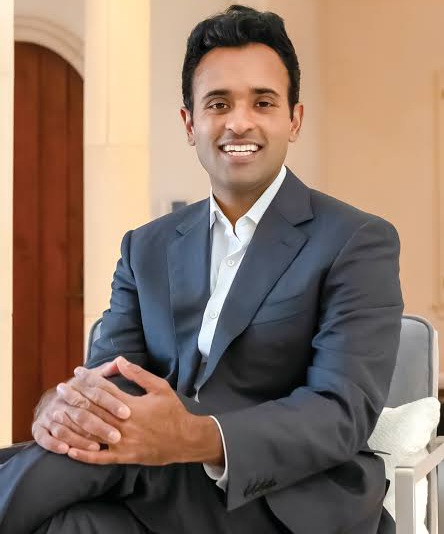
Vivek Ramaswamy
Ramaswamy has evolved, over the years, into a prominent Conservative voice, taking on what he calls ‘Corporate America’s social justice scam’. Flying in the face of the pundits who populate the Ivy Leagues, Ramaswamy maintains that corporations are not in the business of altruism- he calls it hypocrisy. “(It’s) Goldman Sachs preaching about diversity so it can be at the front of the line for the next government bailout. It’s AstraZeneca waxing eloquent about climate change… It’s State Street building feminist statues to detract attention from wage-discrimination lawsuits,” he writes, in Woke Inc. His opinions are clear, his delivery brutal and have earned him the tongue-in-cheek epithet, CEO of Anti-Woke Inc.
The wolf of Wall Street
By the time he turned 30, Ramaswamy, who was described by Fortune as an “ambitious wunderkind,” apparently cancelled his honeymoon in the Swiss Alps. Instead, his new bride Apoorva accompanied him as he rang the bell at the New York Stock Exchange to launch the biggest biotech IPO in US history. (One admits, that’s much more romantic than a chalet). Those were the golden days of the biotech bubble and Ramaswamy took full advantage. In December 2014, he founded Roivant with a ten-member team that included his mother and brother. It was the parent company then to Axovant Sciences – and the story of how a company that hadn’t even existed a year prior, sold its shares at $15 a-piece, raising $315 million at a $1.4 billion valuation is the stuff of Wall Street legend. How did that come to be? Through RVT-101, an unproven Alzheimer’s drug the company had purchased from GlaxoSmithKline at $5 million.
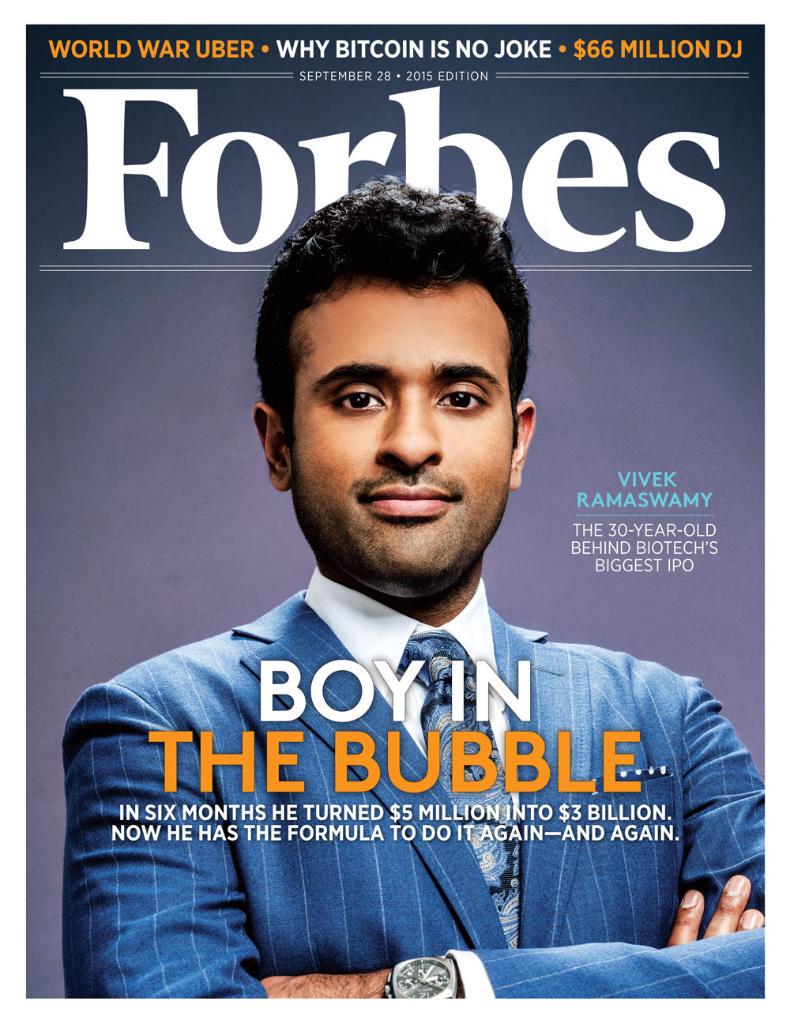
Photo: @Forbes
A few days later, experts and enthusiastic investors began to ask the obvious question – why would a pharma giant sell off a drug for so little? The shares prices spiralled and the drug, it eventually turned out, didn’t work. Still, it was a historic stock market triumph and Ramaswamy was put glowingly on the cover of Forbes as ‘The 30-year-old CEO conjuring drug companies from thin air’. He attracted many critics but it didn’t take away from what he was actually trying to do. As he told Forbes, “It’s an ethical problem of an underappreciated magnitude. So many drugs that would have been of use to society are cast aside. Certain drugs have gone by the wayside for reasons that have nothing to do with their underlying merits.
The immigrant life in Ohio
Ramaswamy’s parents arrived in the USA shortly before their son was born in 1985, in Cincinnati, Ohio. His father was an engineer and patent lawyer who worked at General Electric and his mother (who went on to join him at Roivant) is a geriatric psychiatrist. As the The New Yorker would have it, his “family commissioned his horoscope, which predicted that he was destined for greatness.”
Ramaswamy was imbued, even from an early age, with a “sense of superiority,” he admits. There was pressure on him always to be the star, no matter what he did. Hard work was the mantra of every Indian immigrant and their children, they determined, would grow up to embody the great American dream. After getting into a scuffle at the public school he attended, which resulted in him being pushed down the stairs, his parents shifted him to a private prep school.
He was a tennis champion and played the piano like pro. Then, like a model Indian kid, Ramaswamy went off to Harvard University, where he majored in Biology and first dipped his toes into American politics. This was the start of Ramaswamy’s great disillusionment with what he perceived as the left’s groupthink. He was a proud libertarian and even became president of the Harvard Political Union.
Harvard to hedge funds
Just outside the NYSE, looking forward to ringing the closing bell in a couple of hours. pic.twitter.com/Pk3UvWsQAH
— Vivek Ramaswamy (@VivekGRamaswamy) August 10, 2022
This was the heyday of the hedge fund and after his sophomore year, Ramaswamy interned with Amarant Advisors, working in the biotech division. He lived the good life, accompanying the company’s bigwigs as they partied on yachts and blew thousands on a bottle of wine. He didn’t enjoy the experience, he wrote later, in Woke, Inc. Goldman Sachs made him just as discontent – a tree-planting session turned out to be a photo-op and Ramaswamy wasn’t happy.
Even so, Ramaswamy made his way to the New York City hedge funds soon after college. He also attended Yale Law School while continuing to work at QVT. That’s where he met Apoorva, whom he would go on to marry.
In 2014, he founded Roivant and in 2015, performed his IPO magic trick. In September 2017, it was established that Axovant’s drug, Intepirdine, was a failure. “It felt humiliating,” he told The New Yorker. Axovant saw a series of failures after that.
Ramaswamy’s own brand of Corporate Social Responsibility
In the late 2010, diversity, equality and social consciousness were buzzwords in Corporate America. A new standard had been set, restaurants that sold fried chicken were successful not for their fried chicken but their views on the LGBTQi community.
America doesn’t force you to choose between speaking your mind freely and putting food on the dinner table. Between the First Amendment and the American Dream. We’re the quintessential nation on earth where you get to enjoy both at once. pic.twitter.com/S6Kyly5oCY
— Vivek Ramaswamy (@VivekGRamaswamy) February 20, 2023
The young millionaire’s frustration continued to grow. In the Wall Street Journal in 2019, he spoke of the power of stakeholder capitalism. Issues that should be decided through an exercise of electoral rights and executed by governments, were now put in the hands of companies. Oil companies were giving lectures on climate change and political views seemed more important than a good product, or a sound financial model.
Ramaswamy spoke out freely and soon became a fixture on Fox News, as well as a prolific columnist for the Wall Street Journal, the New York Times and a host of other publications. In 2022, he wrote letters to Apple, which was planning a racial equity audit and told Disney to “stop speaking out on political issues that do not affect its business. He told the Financial Times, “It’s like McDonald’s volunteering to take responsibility for the adult body weight of anyone who’s eating a Big Mac.”
The POTUS bid
His official announcement has made him a household name in India, too. Frankly speaking, his chances at victory are miniscule if he contests as an independent (remember Kanye’s ill-fated bid in 2020). Even so, it’s a big step for the diaspora, who have found favour on both sides of the political spectrum in the United States.

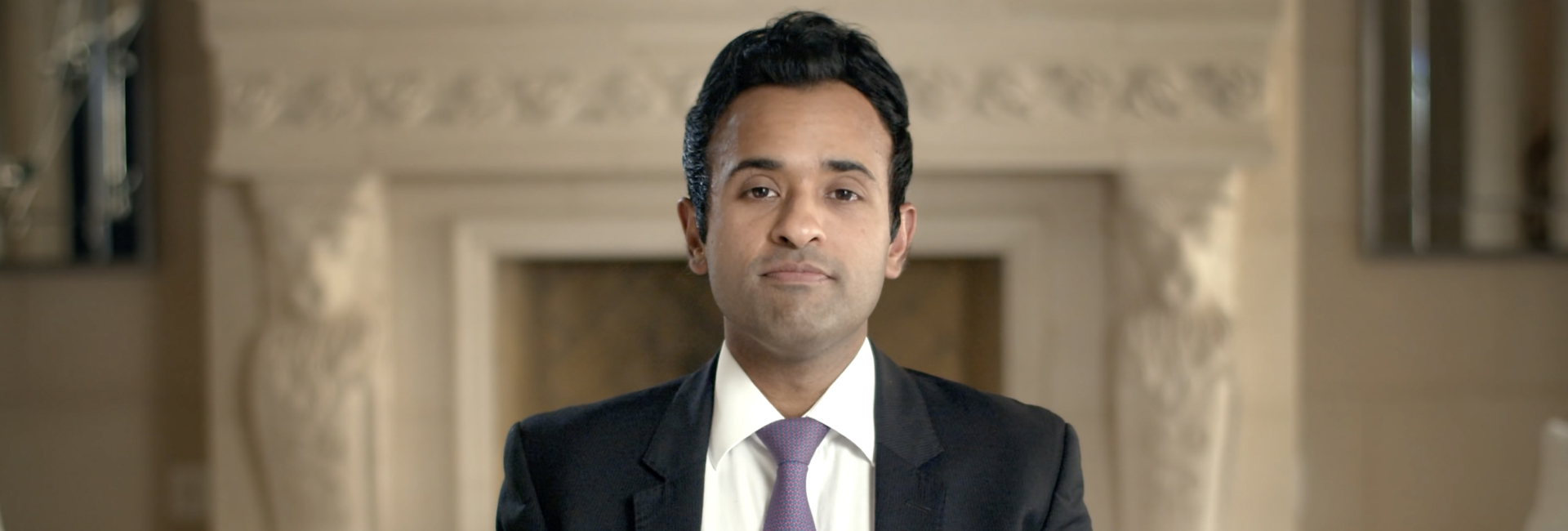

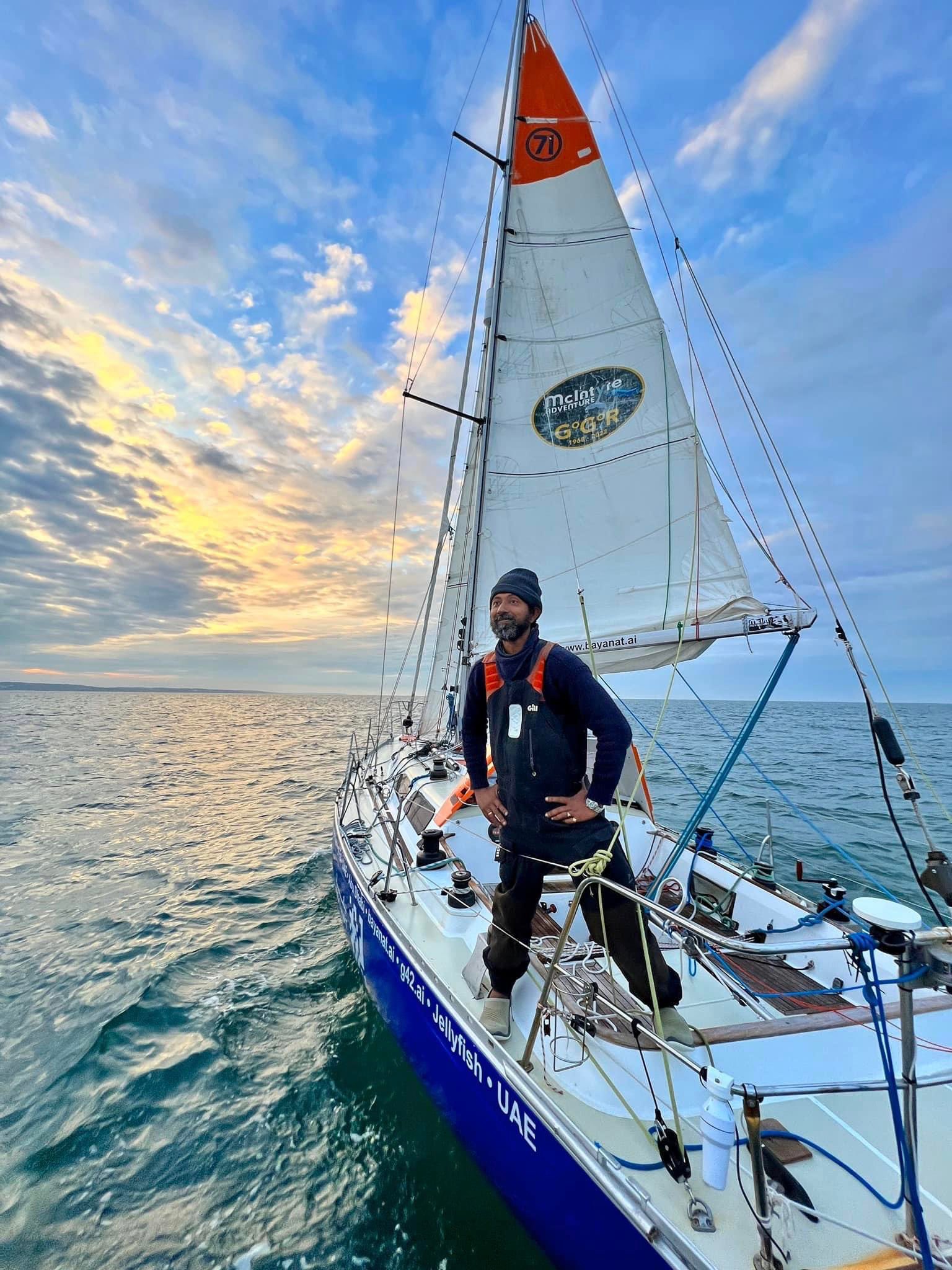 Cdr Abhilash Tomy is the first Indian to achieve a solo, nonstop circumnavigation of the globe under sail[/caption]
Cdr Abhilash Tomy is the first Indian to achieve a solo, nonstop circumnavigation of the globe under sail[/caption]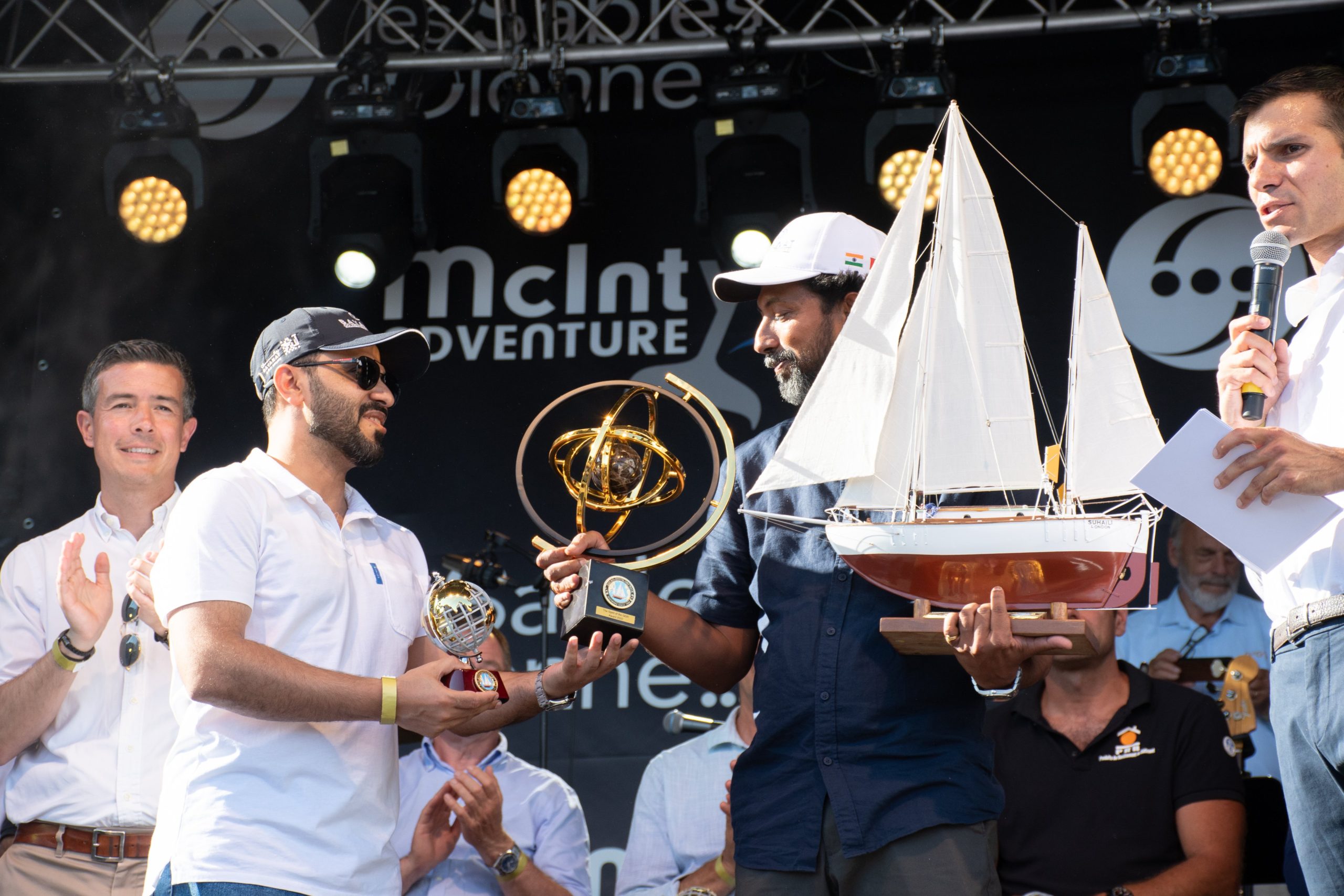 Cdr Tomy finished second in the Golden Globe Race, 2022[/caption]
Cdr Tomy finished second in the Golden Globe Race, 2022[/caption]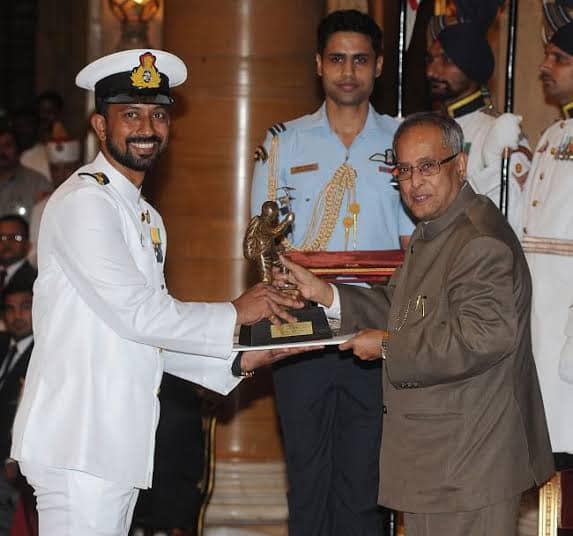 Former President, Dr. Pranab Mukherjee presenting the Tenzing Norgay National Adventure Award to Cdr Tomy for sailing, at the National Sports & Adventure awards ceremony[/caption]
Former President, Dr. Pranab Mukherjee presenting the Tenzing Norgay National Adventure Award to Cdr Tomy for sailing, at the National Sports & Adventure awards ceremony[/caption]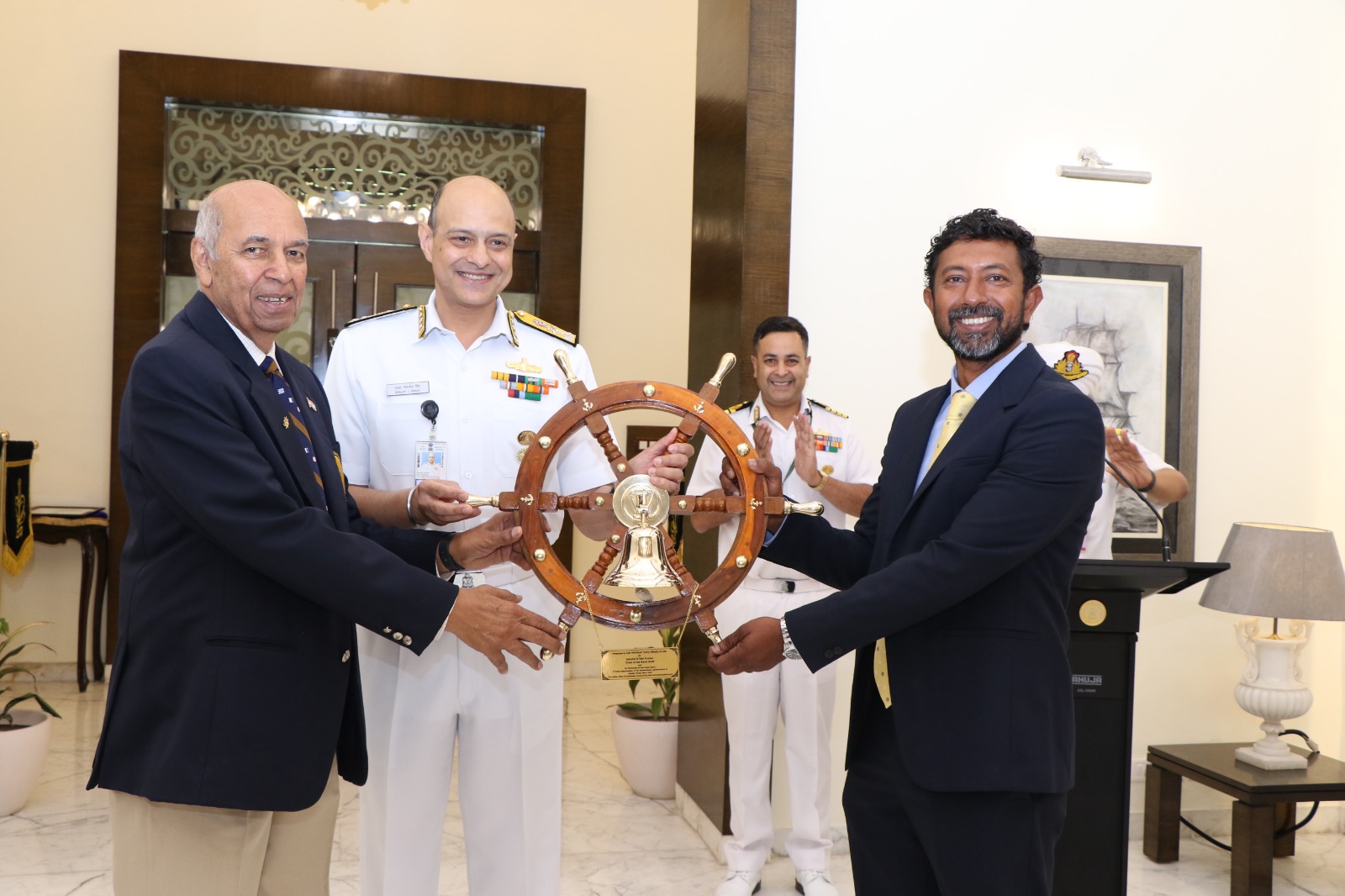
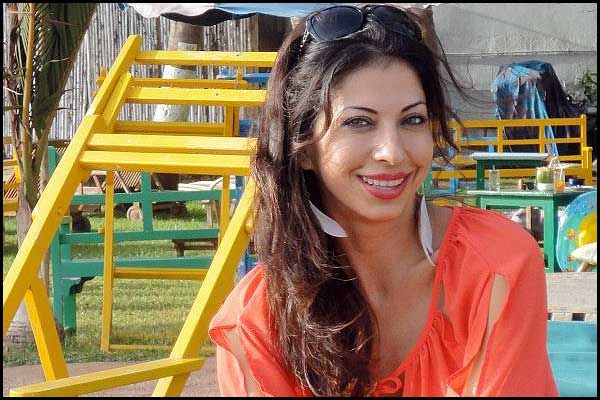

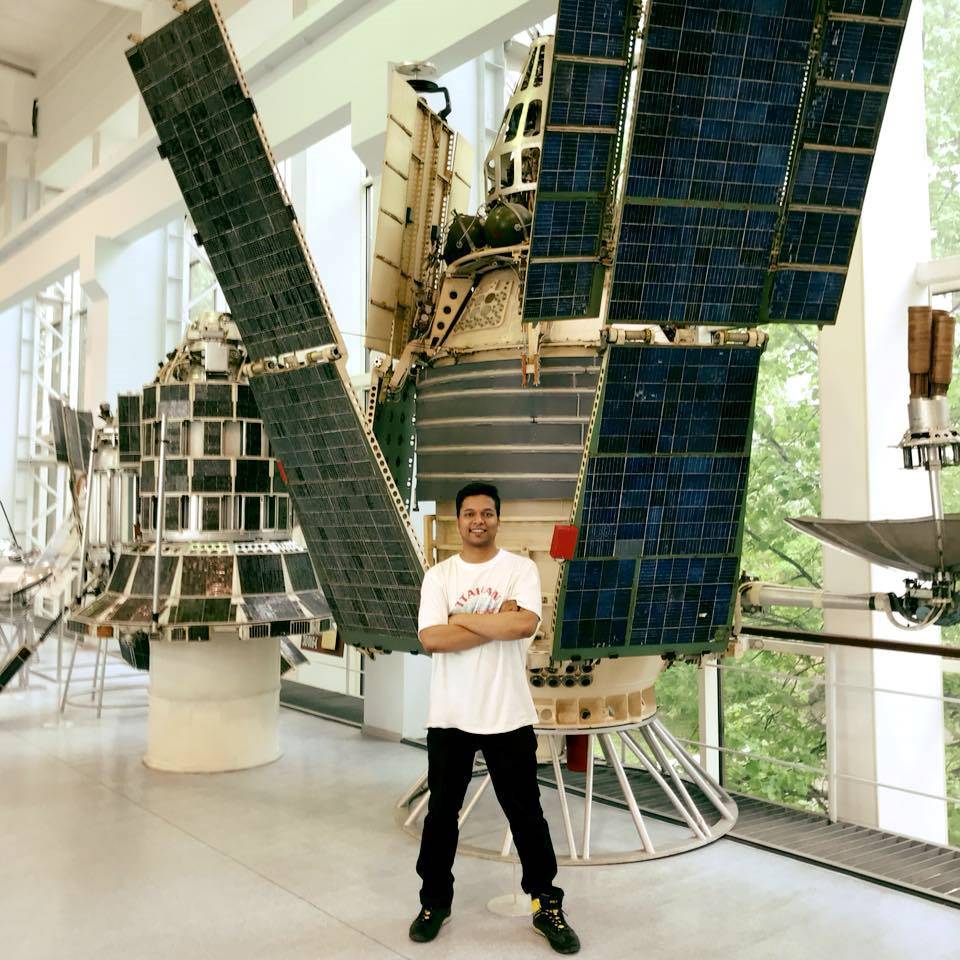 Dr Baraskar at the ROSCOSMOS Facility[/caption]
Dr Baraskar at the ROSCOSMOS Facility[/caption]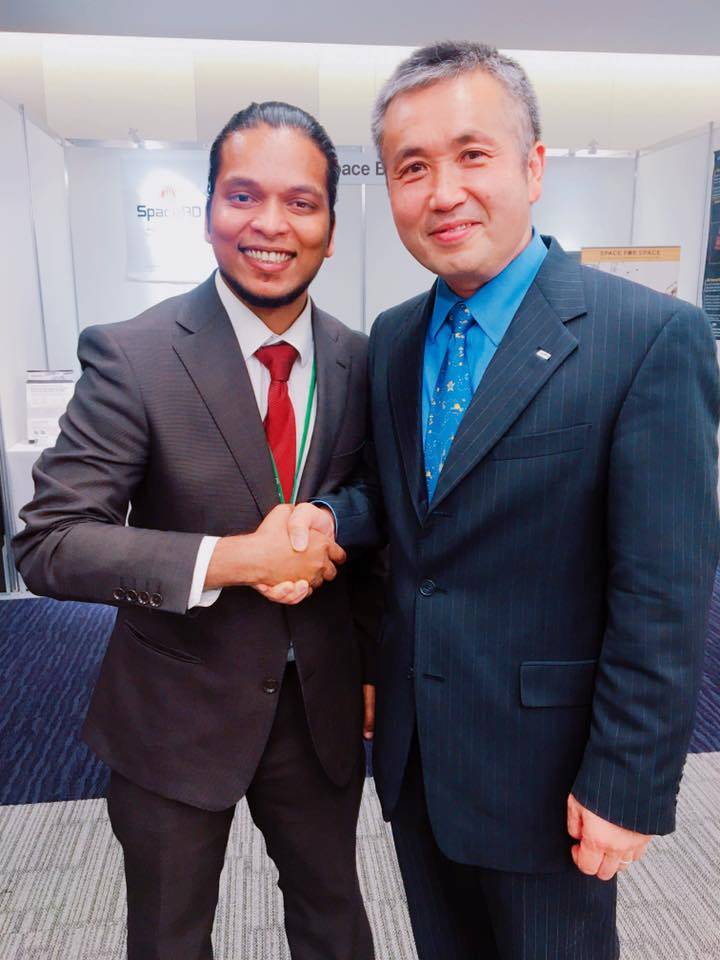 Dr Baraskar with Commander Astronaut Dr. Koichi Wakata[/caption]
Dr Baraskar with Commander Astronaut Dr. Koichi Wakata[/caption]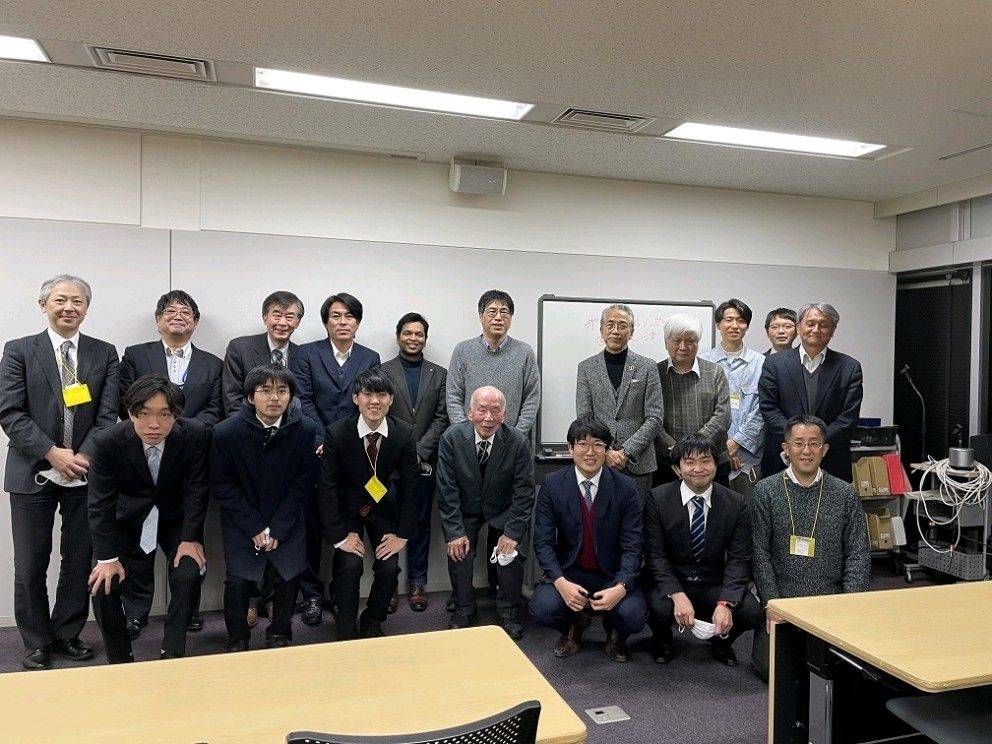 Dr. Baraskar with the Japanese Space Solar Power Society 2021[/caption]
Dr. Baraskar with the Japanese Space Solar Power Society 2021[/caption]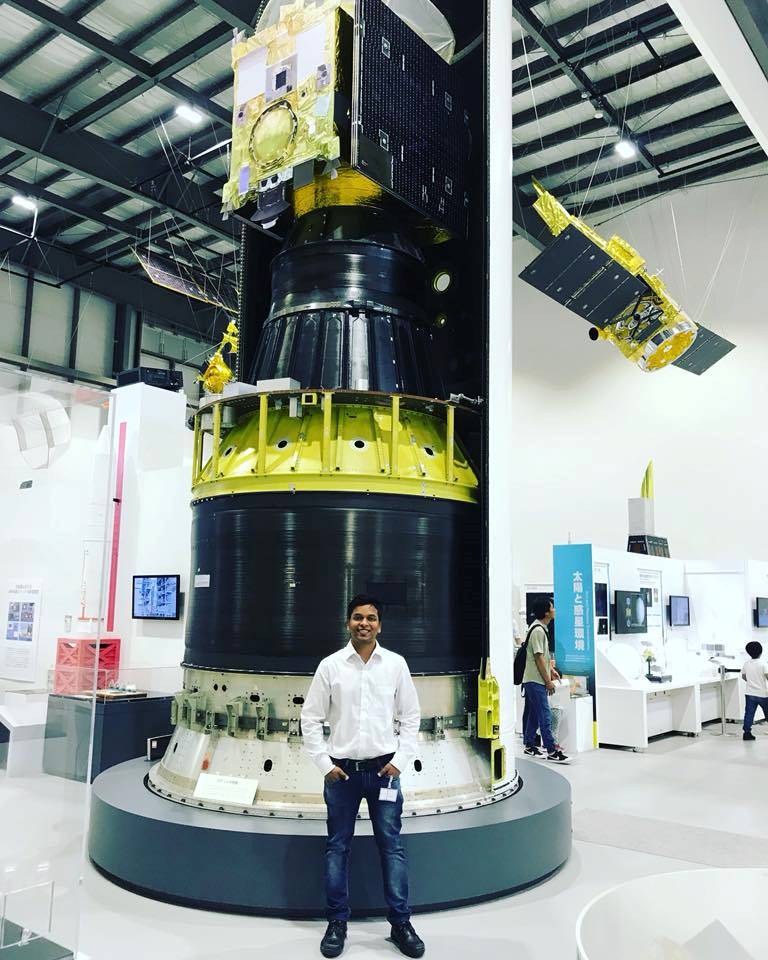 Dr Baraskar with Hayabusa 2, ISAS-JAXA Japan[/caption]
Dr Baraskar with Hayabusa 2, ISAS-JAXA Japan[/caption]
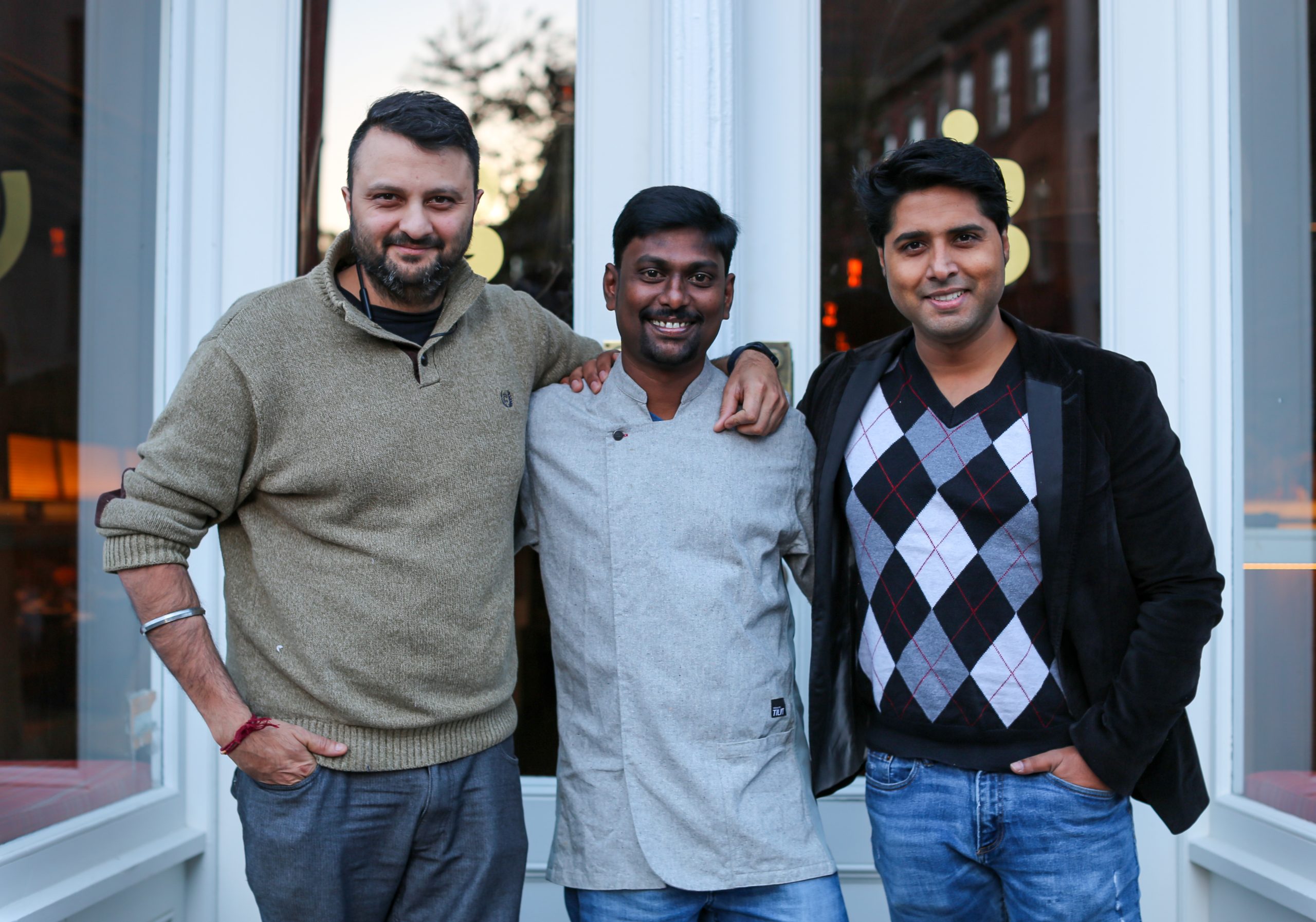 Chef Chintan Pandya with Chef Vijay Kumar and Roni Mazumdar[/caption]
Chef Chintan Pandya with Chef Vijay Kumar and Roni Mazumdar[/caption]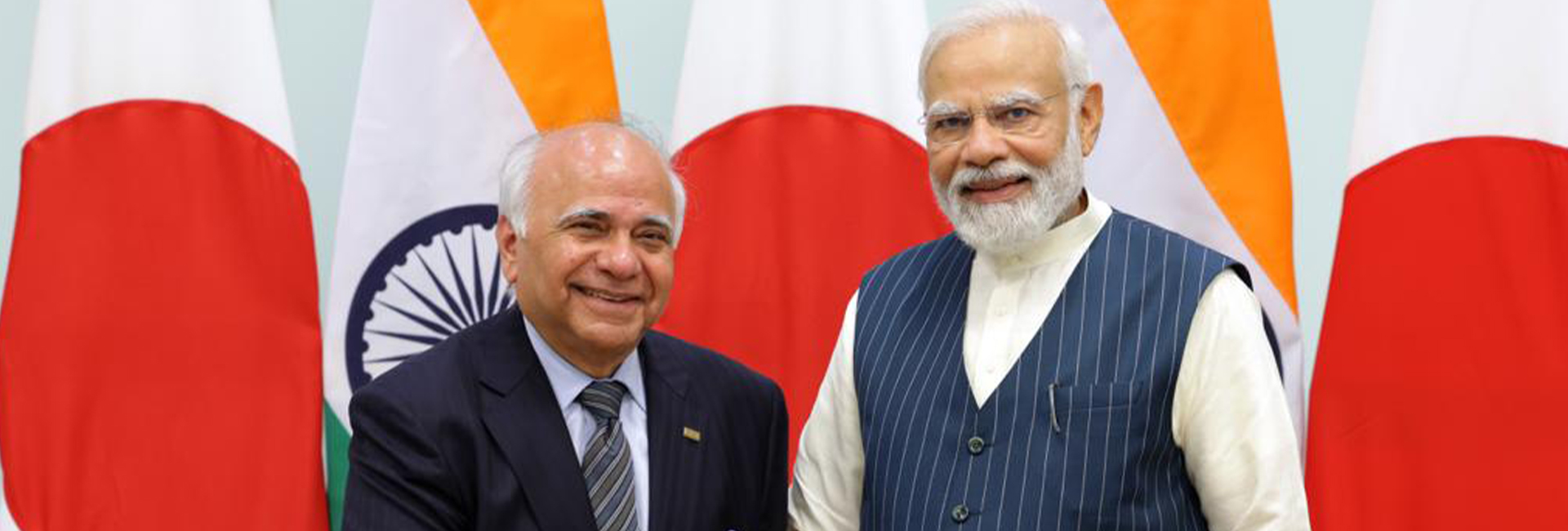
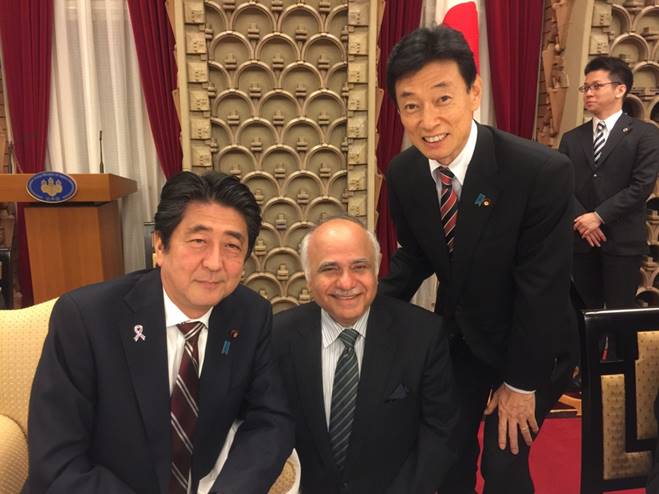 Ryuko Hira with former Japan PM Shinzo Abe[/caption]
Ryuko Hira with former Japan PM Shinzo Abe[/caption] Hotel Pearl City in Kobe[/caption]
Hotel Pearl City in Kobe[/caption]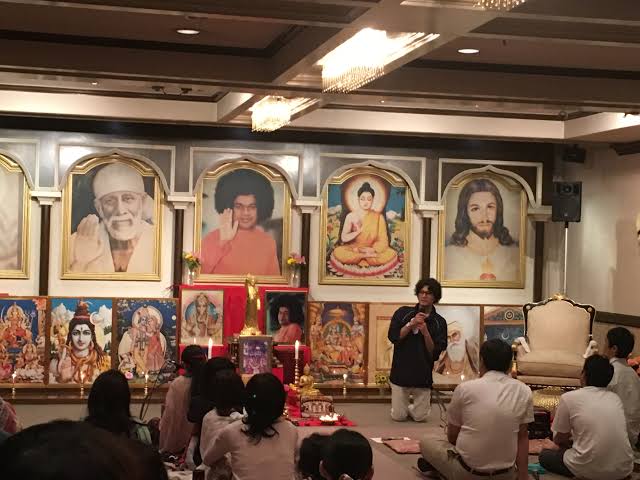 Sri Sathya Sai Prayer Hall in Tokyo[/caption]
Sri Sathya Sai Prayer Hall in Tokyo[/caption]